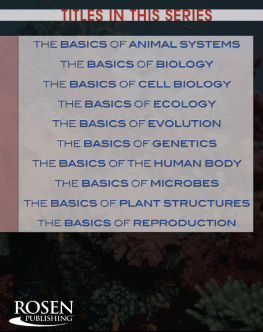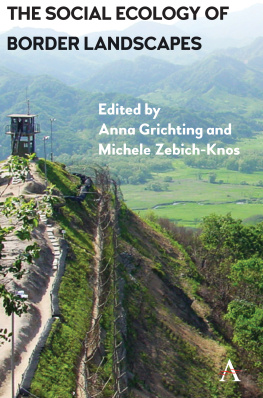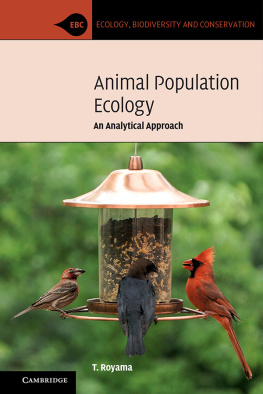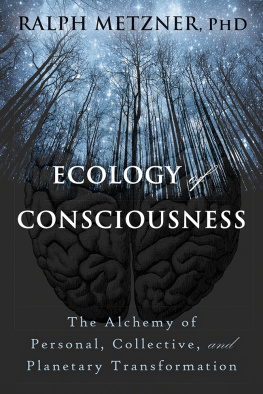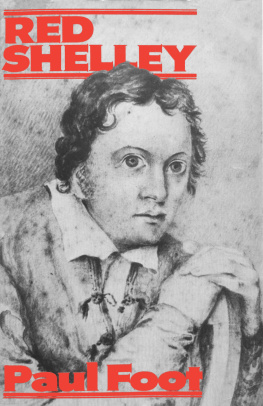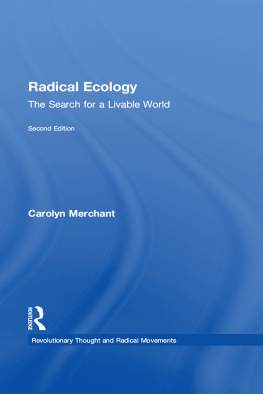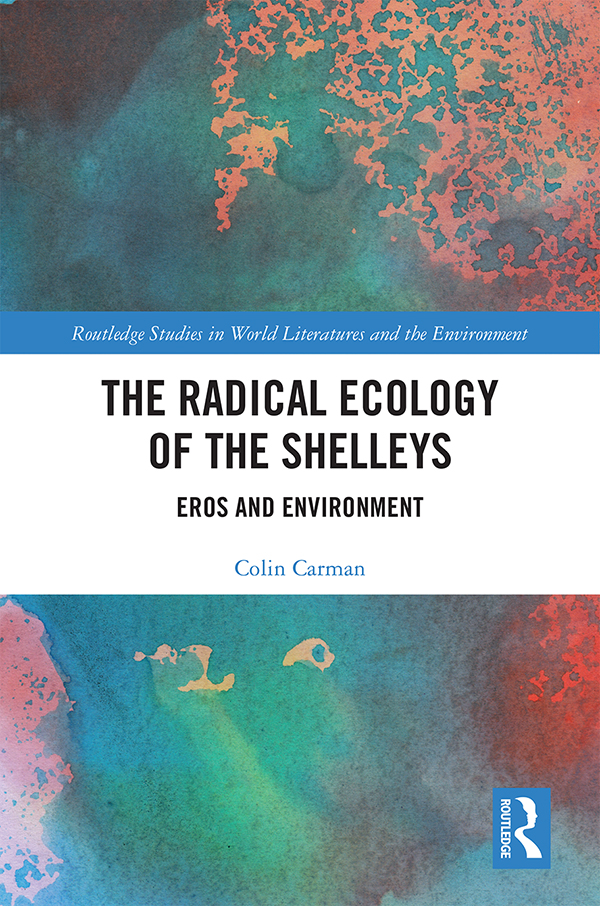Contents
Page List
The Radical Ecology of the Shelleys
The Radical Ecology of the Shelleys: Eros and Environment is the first full-length study to explore a queer ecology at work in writings by Percy Bysshe Shelley and Mary Wollstonecraft Shelley as their discussions of nature and the natural consistently link ecology and erotic practice. Initiated by Timothy Morton in 2010 as a hybrid of two schools of thinking about nature, queer ecology combines the alertness of environmentalists to constructions of the natural with the efforts of sexuality scholars to denaturalize identity and to expose sexuality as a culture-bound construct. Conceptions of place are central to this investigation not only because an attachment to place is traditionally thought to be the ontological basis of all environmental consciousness (e.g., think-globally-act-locally), but because these two Romantic writers underscore the dynamic interaction between a persons natural surroundings and his or her interpersonal attachments. The poetical and prose writings of the Shelleys claim our special attention because of their unusual conception of the oikos, the etymological root of ecology, to mean both local grounds and the social, often domestic, places in which people dwell and desire. The overarching thesis of this book asserts that proto-ecological theories in Romantic-era England cannot be understood separately from discourses related to married/family life, and the texts considered demonstrate the comingling of earthly and erotic enjoyment. The issues raised by The Radical Ecology of the Shelleys are fundamental not only to literary and queer history but to all humanistic studies. They render the study of nature from a queer perspective a matter of intense interest to scholars in numerous disciplines ranging from ecocriticism and the natural sciences, including climate studies, to feminist criticism and sexuality studies.
Colin Carman, Ph.D., is an Instructor of English at Colorado Mesa University, USA.
Routledge Studies in World Literatures and the Environment
1 Captivity Literature and the Environment
Nineteenth-Century American Cross-Cultural Collaborations
Kyhl D. Lyndgaard
2 Ecogothic in Nineteenth-Century American Literature
Edited by Dawn Keetley and Matthew Wynn Sivils
3 The Ecophobia Hypothesis
Simon Estok
4 The Radical Ecology of the Shelleys
Eros and Environment
Colin Carman
The Radical Ecology of the Shelleys
Eros and Environment
Colin Carman

First published 2019
by Routledge
52 Vanderbilt Avenue, New York, NY 10017
and by Routledge
2 Park Square, Milton Park, Abingdon, Oxon, OX14 4RN
Routledge is an imprint of the Taylor & Francis Group, an informa business
2019 Taylor & Francis
The right of Colin Carman to be identified as author of this work has been asserted by him in accordance with sections 77 and 78 of the Copyright, Designs and Patents Act 1988.
All rights reserved. No part of this book may be reprinted or reproduced or utilized in any form or by any electronic, mechanical, or other means, now known or hereafter invented, including photocopying and recording, or in any information storage or retrieval system, without permission in writing from the publishers.
Trademark notice: Product or corporate names may be trademarks or registered trademarks and are used only for identification and explanation without intent to infringe.
Library of Congress Cataloging-in-Publication Data
A catalog record for this title has been requested
ISBN: 978-0-367-03023-0 (hbk)
ISBN: 978-0-429-02136-7 (ebk)
Typeset in Sabon
by codeMantra
For my parents, Roy and Catherine, and for Marc, the brother of my heart
Contents
To write the book at hand, I am in the deepest debt to a circle of scholars who helped me to rethink and rewrite this study. They include Stuart Curran, Jerrold E. Hogle, Richard C. Sha, Noah Comet, Daniela Garofalo, and J. Andrew Hubbell. My dissertation adviser, Julie A. Carlson, went beyond the call of duty by encouraging me to refine the argument further and by teaching me the value of creating a system refutation-tight / As far as words go (Percy Shelley, Julian and Maddalo, 1945). At Colorado Mesa University, my colleague Barry Laga pointed me toward the ideal publisher, while Jason Reddoch never judged me for mispronouncing words like oikos and eros. At Princeton University, the tireless Susan J. Wolfson answered my queries with lightning speed.
I am indebted to three libraries for assisting me in the completion of this book: first, the Huntington Library in San Marino, California, which awarded me a Mayers fellowship in 2013. Thank you to Juan C. Gomez for his help while working with the Huntingtons collections, as well as for other courtesies. For their assistance, I wish to thank the Department of Special Collections at University of California at Santa Barbara and the Tomlinson Library at Colorado Mesa University where Anne Bledsoe was indefatigable in her Sherlockian support.
A portion of appeared in a different form, entitled Oceans and Ecotones in Mary Shelleys Maurice, or the Fishers Cot, in Landscapes: The Journal of the International Centre for Landscape and Language, vol. 7, no. 1, 2016, Art. 23. The editor granted permission to use this material.
Mary Shelley
Unless otherwise noted, all references are to the original 1818 edition of Frankenstein found in the following edition: Frankenstein, or the Modern Prometheus. Edited by J. Paul Hunter. New York: W.W. Norton, 1996.
For the letters of Mary Shelley, I use The Letters of Mary Wollstonecraft Shelley. Volumes IIII. Edited by Betty T. Bennett. Baltimore: The Johns Hopkins University Press, 1980. Cited by volume and page number(s) (e.g., Letters II 101).
For the journal of Mary Shelley, I use Mary Shelleys Journal. Edited by Frederick L. Jones. Norman: University of Oklahoma Press, 1947.
Percy Bysshe Shelley
Unless otherwise noted, all references to Percy Shelleys poetry are to Shelleys Poetry and Prose. Edited by Donald H. Reiman & Neil Fraistat. Second Edition. NY: W.W. Norton & Company, 2002. Verse is cited by line number(s).
All references to Percy Shelleys prose works can be found in Shelleys Prose, or The Trumpet of Prophecy. Edited by David Lee Clark. NY: New Amsterdam, 1988. Prose is cited by page number(s).
All references to Percy Shelleys letters are to The Letters of Percy Bysshe Shelley. Volume I: Shelley in England. Edited by Frederick L. Jones. Oxford: Clarendon Press, 1964. Cited by volume and letter number (e.g., Letters I 475).
All references to Percy Shelleys translation of Platos Symposium are to The Symposium of Plato. Edited by David K. OConnor. South Bend, Indiana: St. Augustines Press, 2002. Cited by Stephanus number.
Colin Carman earned his Ph.D. in English Literature from the University of California, Santa Barbara in 2008. A former fellow at the Huntington Library in San Marino, California, he has contributed to three book collections:



